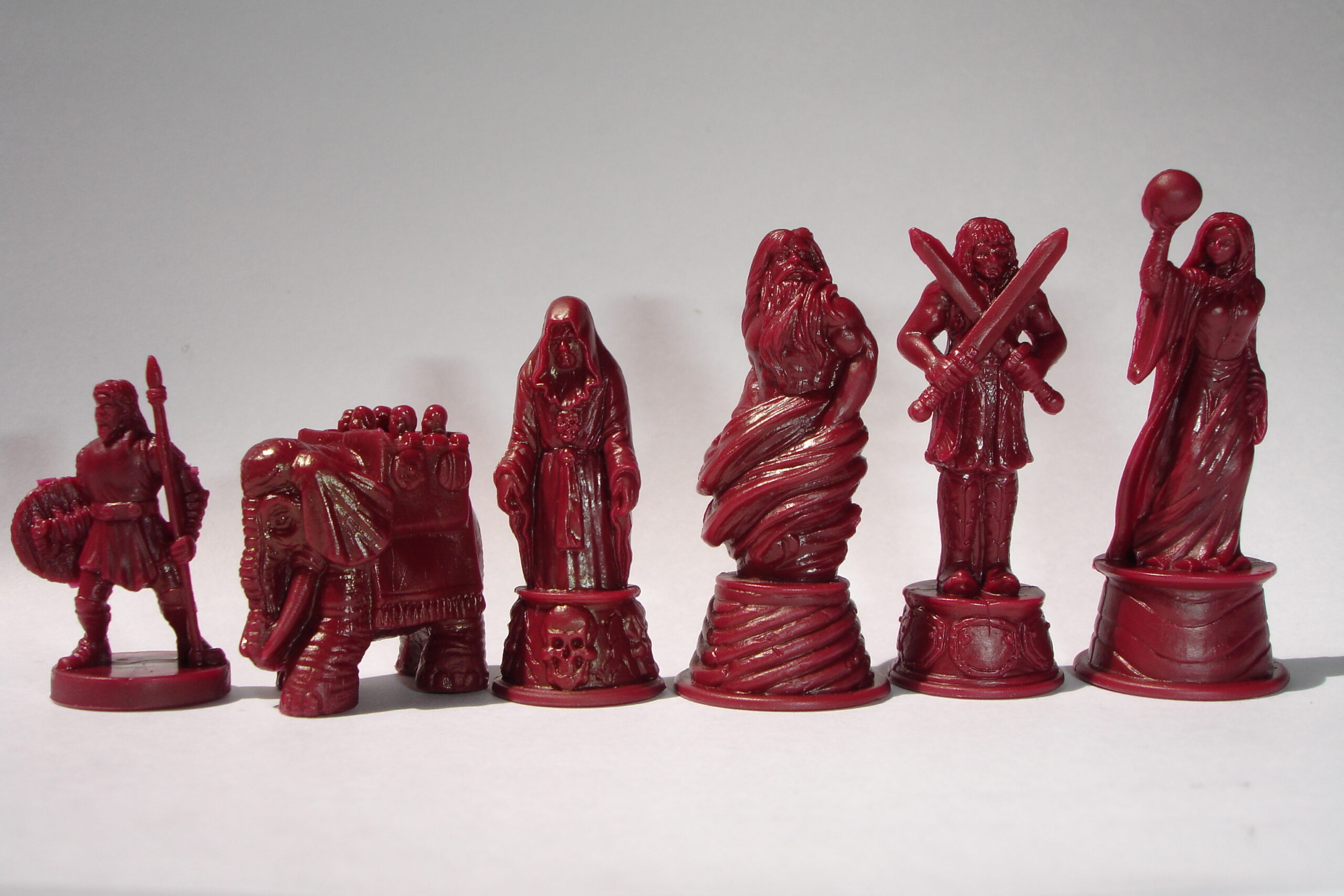Risk Godstorm

Risk: Godstorm Overview

Much like the main board, you can conquer territories on the secondary board, with certain tiles giving bonuses. Controlling a crypt allows you to bring an army from the secondary board back to the main board while an altar gives you an extra die when you are rolling in a Godswar.
Speaking of Godswar, this is another new mechanic that has been brought into Risk. There are now four different gods that you can call down to help you, each with their own unique traits and abilities:

– Sky: Gives an additional die when rolling in a Godswar. In addition, if a player kills a god on their turn, they draw a miracle card. For the Sky God, these are usually defensive in nature.
– Death: If a player holds this god when attacking, the armies of the opposing player will be removed from the board and placed in their pool, instead of being sent to heaven first. If a player controls a crypt at the end of their turn, they can draw a miracle card. For the God of Death, these are usually highly expensive cars to play, but incredibly devastating.
– Magic: This god allows the player to re-roll ones, either in attack or defense. When a player has three rolls of the same number, they can draw a miracle card. For the God of Magic, these are called “relics” and hold some passive effect until they are removed or destroyed by another miracle card’s effect.
So what is this Godswar that I keep mentioning? Well, it’s pretty simple, if two armies that enter battle each have a god or gods, then the first thing that is resolved is the war between the two gods. To calculate who wins, each player rolls three dice, adds them up, adds the total of the number of units, and the player with the higher total wins. Once there one side has no more gods, the battle ensues as you normally would expect in classic Risk game.
Playing Risk Godstorm

Along with this new mechanic comes the tried and true mechanic of bidding on who goes first. This works by having all the players turn over a number of faith chips (basically the in-game currency) they want to spend at the same time, with the player who bid the highest going first, then everybody else in a descending order.
Play Risk online at Major Command
Once the players have bid on who goes first, set out their armies and received the faith chips that they are owed, they begin playing their turn. When they do, players can start taking several actions; purchase a temple with five chips that gives an additional army per turn and the ability to re-roll a 1 die if being attacked, purchase a miracle card for 2 faith chips (as long as you have the corresponding god in play), play a miracle card you already have and finally, carry out attacks against other players.
Players must also take plague markers into account. If one of the armies lies on a tile that has a plague marker on it, that army must lose half its units. Thankfully, though, that number is rounded down, rather than up.
Finally, the Risk: Godstorm map is of Europe and North Africa. There are mountain ranges, which players cannot attack over, and there is a special territory called Atlantis, which can actually be sunk by a god of death miracle card.
Final Thoughts on Risk Godstorm

If you love Risk but aren’t necessarily a fan of franchise variations, this is a great version of Risk to spice up your play!
Learn Risk Godstorm Advanced Strategy Tips Here
More Risk board games:


